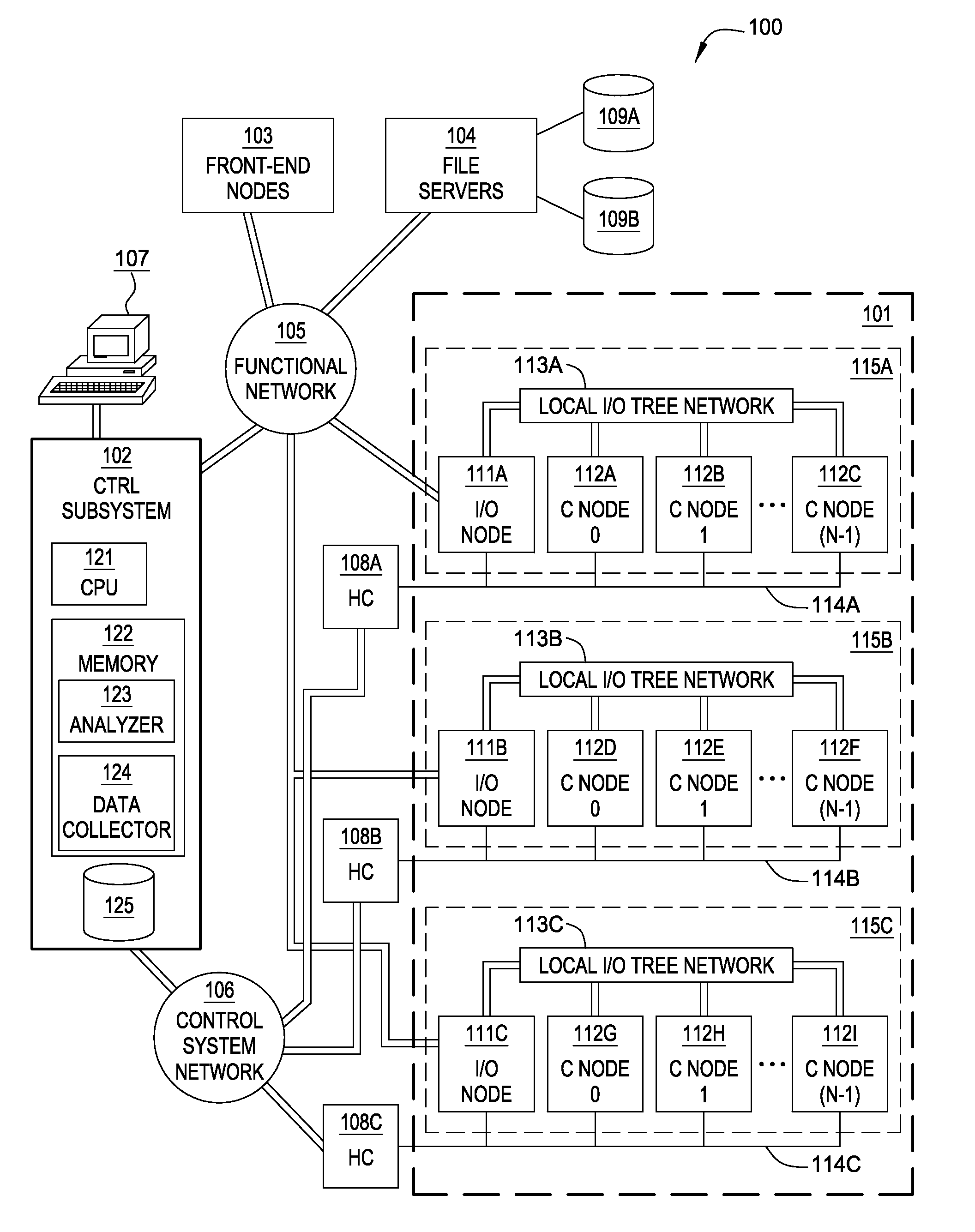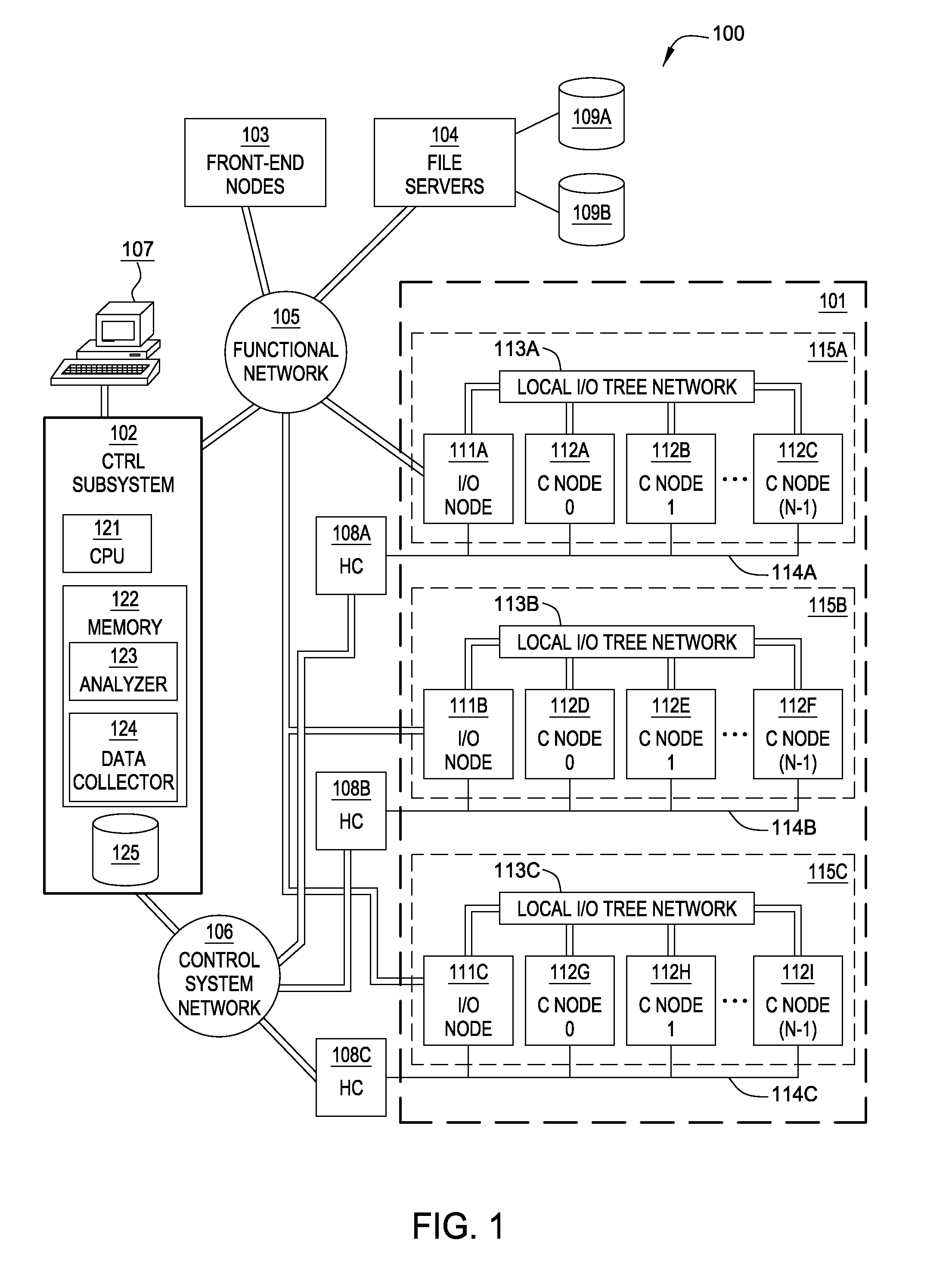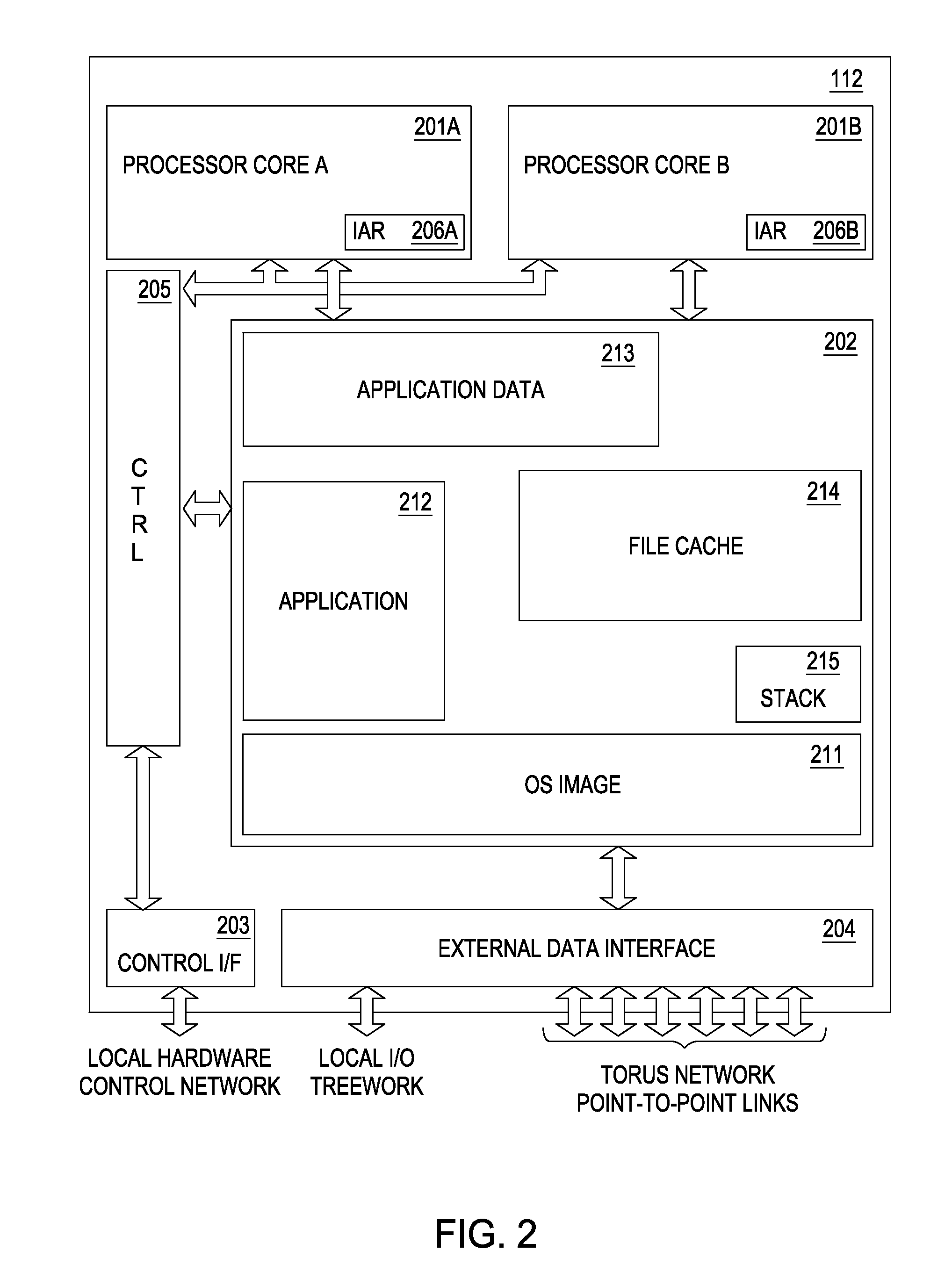Envelope technique for exclusion of atoms in an hbond check
a technology of hbond check and envelope, applied in the field of envelope technique, can solve the problems of inability to produce meaningful data for free energy calculations based on that conformation, take significantly longer to perform, and may be performed on more conventional computer systems
- Summary
- Abstract
- Description
- Claims
- Application Information
AI Technical Summary
Benefits of technology
Problems solved by technology
Method used
Image
Examples
Embodiment Construction
[0027]Embodiments of the invention provide a technique for reducing the number of actions performed as part of a molecular modeling simulation. For example, embodiments of the invention may be used to reduce the number of comparisons performed in a simulation of binding affinity between a ligand and receptor. Because such a simulation is typically performed a very large number of times for even a single ligand and receptor, the effect of reducing the number of comparisons is leveraged and can provide a significant impact on overall simulation performance.
[0028]As described herein, rather than perform n×m comparisons for a receptor of m atoms and a ligand of n atoms, a molecular modeling simulation may be configured to determine an appropriately sized envelope defining a region of space that encloses the atoms present in the ligand. Atoms in the ligand are usually distributed more compactly and are therefore easier to define an envelope around than the atoms in a receptor, which is o...
PUM
 Login to View More
Login to View More Abstract
Description
Claims
Application Information
 Login to View More
Login to View More - R&D
- Intellectual Property
- Life Sciences
- Materials
- Tech Scout
- Unparalleled Data Quality
- Higher Quality Content
- 60% Fewer Hallucinations
Browse by: Latest US Patents, China's latest patents, Technical Efficacy Thesaurus, Application Domain, Technology Topic, Popular Technical Reports.
© 2025 PatSnap. All rights reserved.Legal|Privacy policy|Modern Slavery Act Transparency Statement|Sitemap|About US| Contact US: help@patsnap.com



